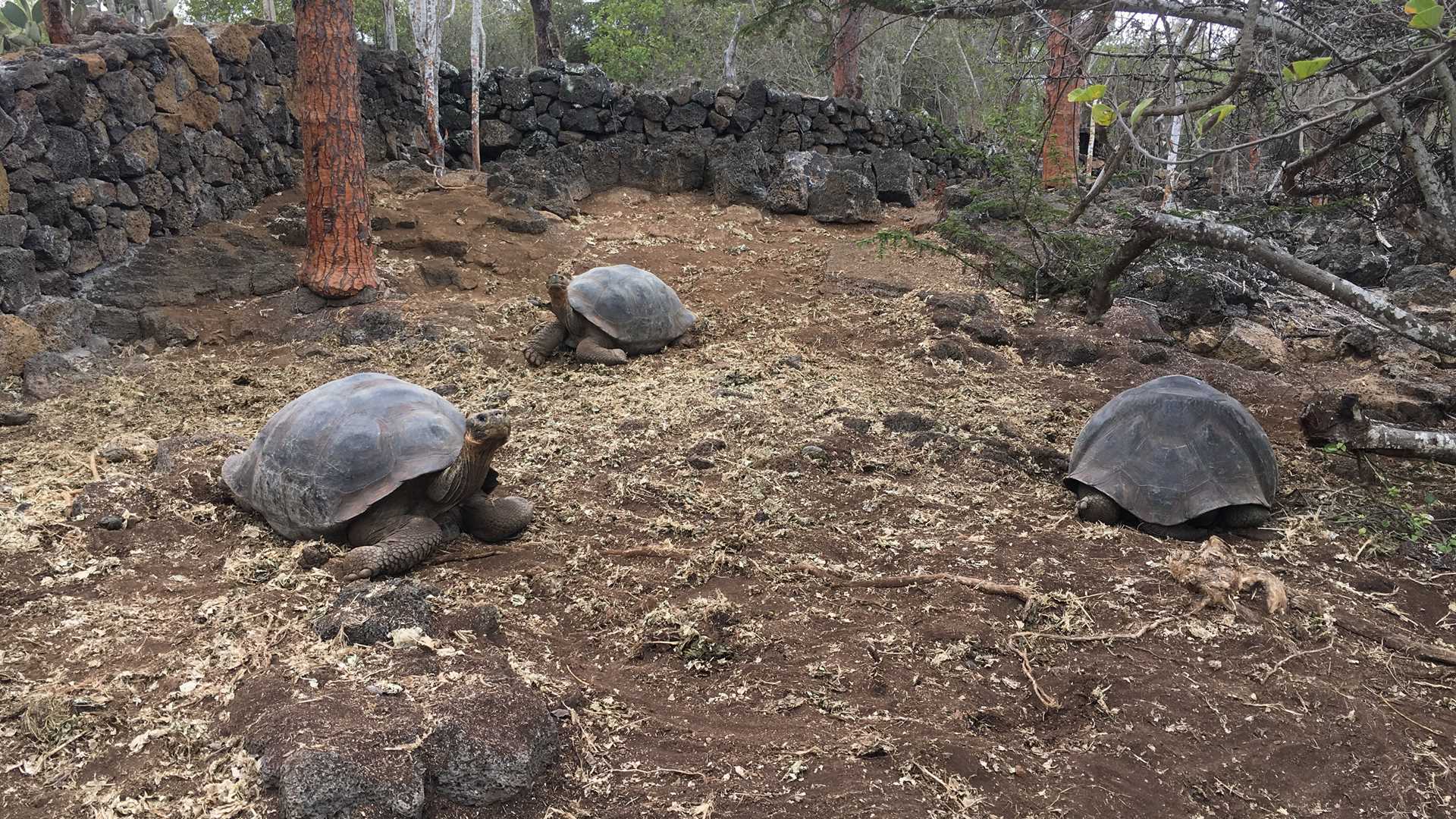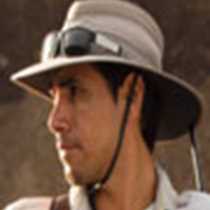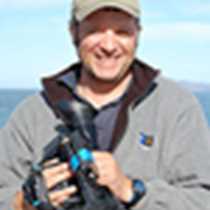This is a mandatory stop for every traveler visiting the Galapagos, since this island is the base for the two most important organizations that promote and conduct conservation, research and science in the archipelago. The Galapagos National Park and The Charles Darwin Research Station have been allies in conservation for the last five decades. The first one is the main authority for the islands, it manages and creates regulations for extractive and non-extractive users, while the second one conducts research and promotes conservation in the whole archipelago.
Our visitors enjoyed an informative visit to the Charles Darwin Research Station, learning more about conservation and science conducted in the Galapagos, specifically with the giant tortoises in their captive breeding program.
After the visit, our guests had some time in town to visit the fishermen’s wharf, where pelicans, sea gulls, sea lions and frigatebirds gather to wait for the catch of the day. Later on in the morning, we visited a local school, that we as National Geographic and Lindblad Expeditions support as one of our grantees, and finally some of our guests enjoyed their visit at a local organic farm called El Trapiche. This organic farm produces coffee and sugar cane and highlights the way of living of the early settlers in the highlands.
In the afternoon, we visited the giant tortoise reserve, where our guests had close encounters with these unique life forms roaming in the grass. After exploring the reserve, we visited a lava tunnel with interesting geological features, taking us back to a time when Santa Cruz Island was volcanically active.
What a great day on this fantastic island.









